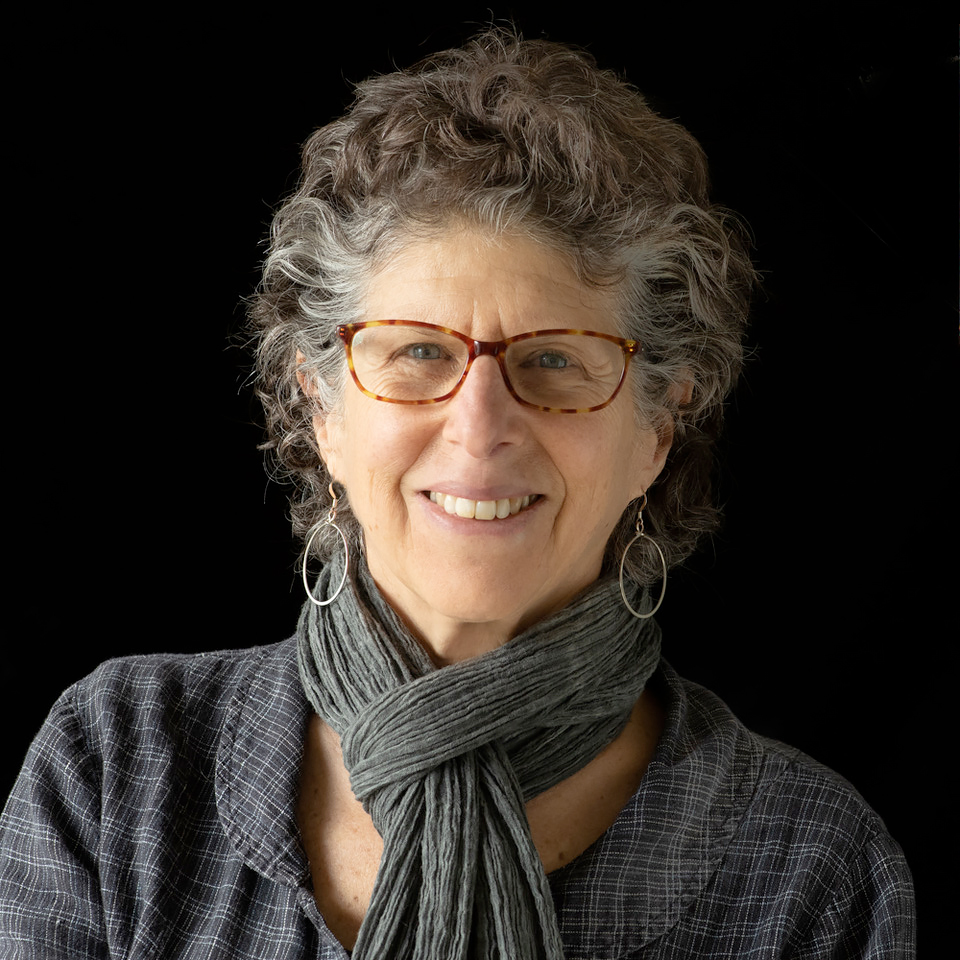Lynn Karlin's move to Maine after 13 years as a successful commercial photographer in New York City brought her back to her love of fine-art photography. Growing up in Queens, New York, Lynn graduated from Pratt Institute in Brooklyn. Her career took off when she was chosen as the first woman staff photographer for Women's Wear Daily and W, where, day and night, she photographed the rich and famous. Back then, her portraits featured everyone from trendy fashion designers to celebrities. She went on to freelance for the New York Times Magazine, House Beautiful, New York Magazine, Country Living, and other major publications. When Lynn left NYC in 1983 for a new life on a farm in Maine, she helped run a market garden while co-authoring, with Stanley Joseph, the now-classic Maine Farm: A Year of Country Life (Random House, 1991). She also took on assignments for garden magazines, winning awards world-wide. Her life after the farm led her down yet another road photographing the best-selling Gardens Maine Style (Down East Books, 2001), with writer Rebecca Sawyer-Fay. Then, in 2008, after seeing an amazingly beautiful cauliflower at a local farmers' market, Lynn began photographing and styling a series of still-lifes called The Pedestal Series which celebrate vegetables by elevating them to a place of honor-on a pedestal. Thirteen years later she moved from produce back to people after spotting a remarkable young man named Paul, whose ruffled hair and strong features led her in an entirely new direction: Stories in Profile, a series of portraits that have won international competitions and currently show in galleries and private collections from New York to Paris.
Stories in Profile
Lynn chooses her Stories in Profile subjects for their distinctive features. In these portraits, she celebrates the contours of the face, the qualities of hair, and other prominent traits that render each subject simultaneously elegant and mysterious. Lynn uses natural directional lighting in her studio to highlight topography, creating texture and dynamics and giving her work the painterly feel of 17thcentury master painters. This soft, directional light has an unpredictability that is energizing and keeps her alert and focused. While shooting, Lynn concentrates on design, form, light, and negative space as she reaches for a story to emerge through the profile of her human subjects. As a photographer, the more limited constraints of a profile are challenging. One senses a person's courage and vulnerabilities. She seeks to capture a personality distilled to its strongest form. Rarely do we look at others, or ourselves, from this side view. Each profile is a discovery as she sets out to record the moment when her subject's inner self emerges, direct and stunning.
